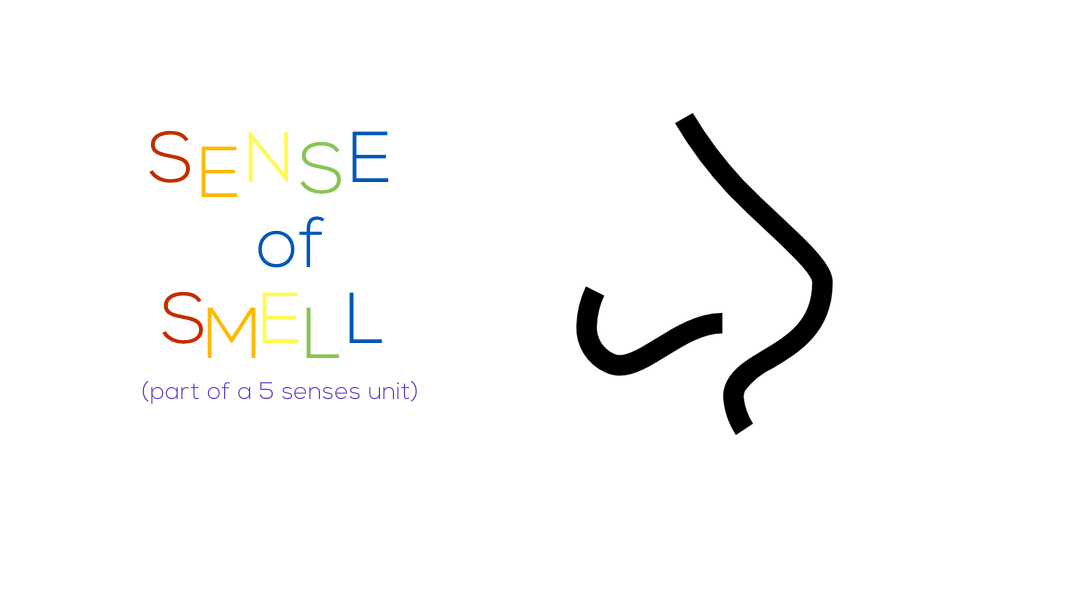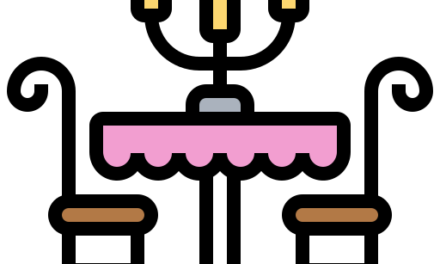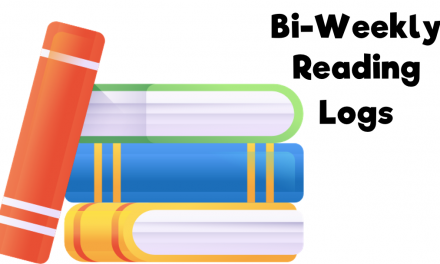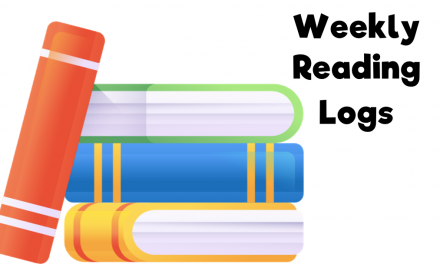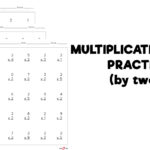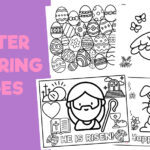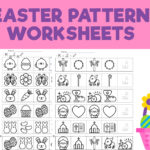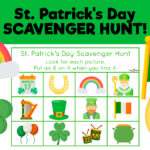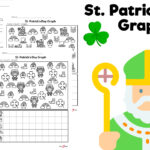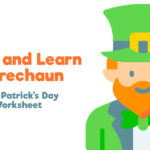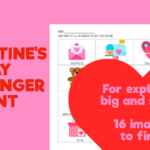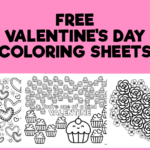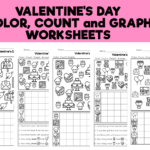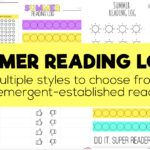Lesson Overview: In this lesson, students will learn how we create memories of the smells in our environment. It is through those memories, that our sense of smell helps us-- in times of danger, in determining what to wear as well as when we are trying to relax.
Recommended Grade Level(s): Pre-Kindergarten, Kindergarten, First, Second
Objective(s): Students will be able to...
- Provide at least two ways that our sense of smell helps us.
Materials:
- 2 plastic cups (1 with water, 1 with vinegar)
- *Based on your needs, have up to 5 stations for students to experiment at. Each station should have the following:
- paper cups labeled with numbers 1-8 (8 cups per station)
- smelling samples: onion, lemon, orange, popcorn, peppermint, chocolate, coffee, and flower/flowery perfume
- black tissue paper (cover the top of each cup with a piece of black tissue paper and a rubber band so samples are not seen)
- rubber bands (1 per cup)
- sharp pencil (poke a small hole in the black tissue paper so items can be smelled)
- Smell and Tell Worksheet (1 per student)
- Sense of Smell Images (1 copy)
Anticipatory Set:
With the children gathered together, begin the lesson by stating the objective. Show students the two cups-one with water and one with vinegar. Tell students that each cup has something different in it. Ask students how they could find out what each has. Students may recognize that the sense of taste could be used, but since it is not safe to drink things we aren't sure of, the sense of smell could be used to determine what each is. Ask students to recall which body part provides our sense of smell. Invite a couple of children to smell each cup and determine what is in each. Tell students that we use our sense of smell for many things.
Guided Practice:
Tell students that we use our sense of smell to learn about our environment--it helps us to know when something is not good for us and when something is good for us. Each time we smell something, our brains make a memory of that smell and what was happening at the time we smelled it. Next, give an example of a birthday cake. Ask students how many of them have had a birthday cake to celebrate their birthday. Ask, when you smell birthday cake, what does it make you think of? Most students should answer, "my birthday". Make the connection between how the smell of birthday cake makes us happy when we smell it because it smells good and we remember that we have it to celebrate a birthday. Show students the Sense of Smell Images to demonstrate how our sense of smell helps us. As you introduce each, have students make guesses as to how our sense of smell helps us or provides a memory. Help them to make connections to each by remembering a time that they have smelled each item. Picture 1(skunk): warns us of dangers. Picture 2 (field of flowers): enjoy nature, maybe reminds of a family member. Picture 3 (a cup of hot chocolate): makes us warm and happy, maybe reminds of a fun, snowy day. Picture 4 (wet dog): a pet we like to be with, but may not like to give them a bath. Picture 5 (trash): to clean up. Picture 6 (onion): how long we stay in a room, maybe reminds of grandma cooking.
Independent Practice:
Tell students that they are going to explore their sense of smell. Tell students to pair up with their "Science Buddy". Each pair will go to a station where they will take turns smelling cups and guessing what is in them. As students explore each station, they will fill out the "Smell and Tell" worksheet. Direct students to draw a line from the picture to the cup that matches it. Be sure to have the water and vinegar cups available for students to smell who did not get a try guessing.
Closure:
Bring students together and discuss the results of their findings. Reveal what each cup had in it. Ask students how they knew what each item was. Students should recognize that their sense of smell and their memory of those smells helped them determine what each was. Ask students to share some ways that our sense of smell helps us.
Assessment:
Students will be assessed according to their ability to:
- Provide at least two ways that our sense of smell helps us.

